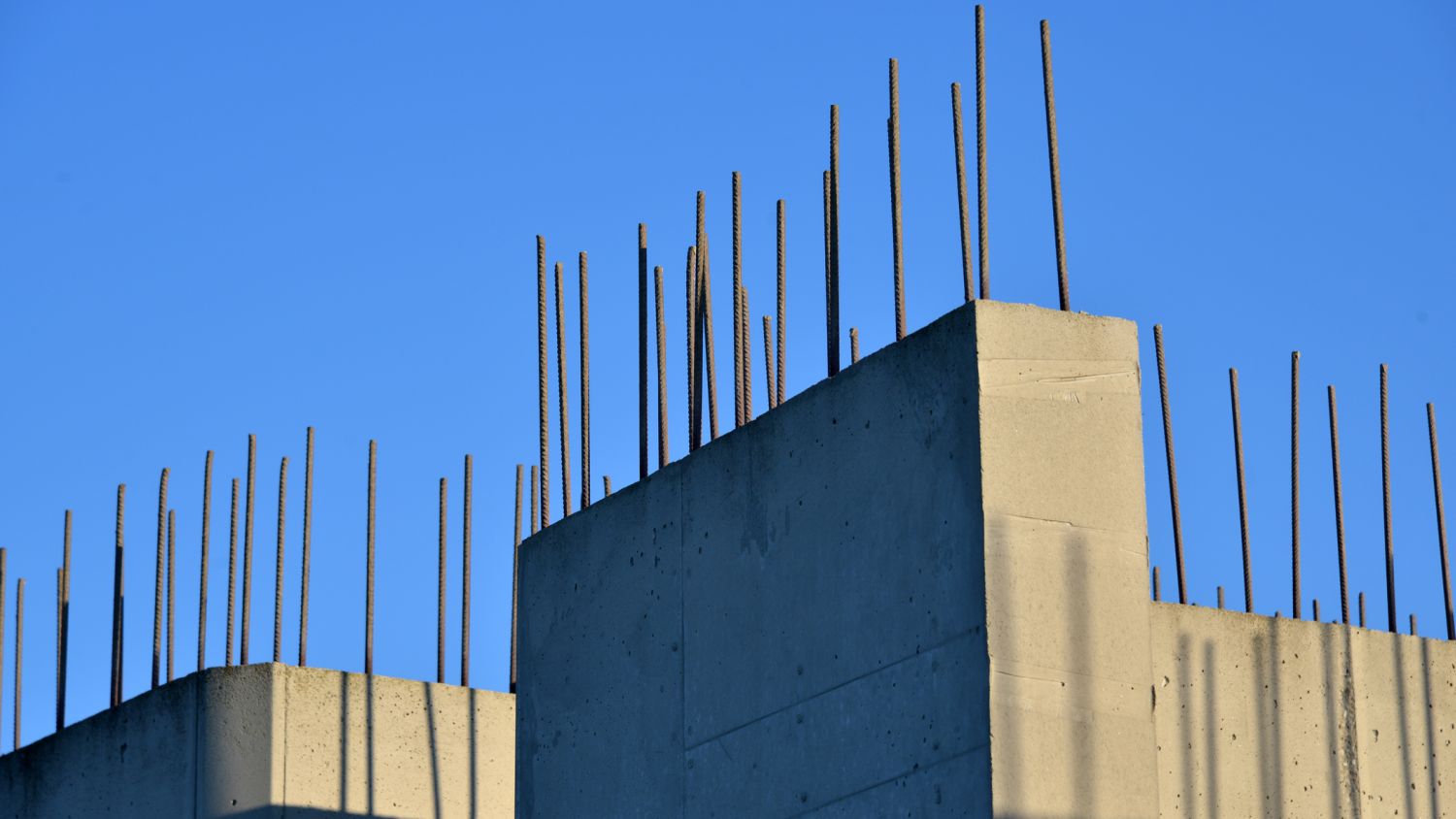
Researchers in Germany, along with the University of Glasgow, are working to certify a method of harnessing tiny particles – called muography – to detect faults in concrete.
They hope their work to detect problems in concrete structures before they fail could save lives.
The scientists at Germany’s Bundesanstalt für Materialforschung und -prüfung, led by Ernst Niederleithinger, are working on testing and certifying muography so that it can be used in a commercial setting.
Imaging technique
Muography is an imaging technique that produces an image of highly penetrative, tiny particles called muons. Cosmic rays from space generate muons in the earth’s atmosphere, through reactions between the rays and atmospheric nuclei.
Muons pass through low-density matter with ease – hundreds pass through the human body every minute. But their progress is slowed, or even stopped, by matter with a higher density.
While they can get through concrete, they struggle to pass through steel, which is several times denser. That means it’s possible to harness them to detect problems with steel-reinforced concrete not visible to the naked eye.
Uses in archeology and mining
The fields of archaeology and mining have already made use of muography, using muon detectors called Muon Imaging for Mining and Archaeology (MIMA). The technology has been around since the 1960s.
Physicists from the University of Texas used it to reveal Mayan temples in Mexico. They were previously thought to be hills in the Yucatan rainforest of Mexico. A muographic scan of the area found that the landforms actually contained rooms and chambers.

Now Niederleithinger, who recently featured in a Financial Times article about this work, wants to apply that technology more widely to the built environment. His work comes amid the high-profile failure of several concrete structures around the world – with tragic consequences. In 2018, the Morandi bridge in Genoa, Italy, collapsed with the loss of 43 lives.
A report found that corrosion of cables at the top of the southern stay of one of the bridge’s towers was the trigger for the collapse.
In 2021, Champlain Towers South, a 12-storey block of flats in the Miami suburb of Surfside collapsed, killing 98 people. The USA’s National Institute of Standards and Technology (NIST) is leading a federal investigation into the collapse. It will conduct tests on samples of materials from the site to determine if there were flaws in the structure of the building.
Application in the built environment
Muography would allow the inspection of buildings before such collapses occur. Inspectors would be able to ensure that metal rebar and other elements are in good condition and where they are supposed to be.
Niederleithinger is currently sending samples for testing to the University of Glasgow, which has its own muon detector. He plans to relocate to Glasgow for three months next year to work more intensively on testing and certification. He will work alongside David Mahon, a research fellow in the school of physics and astronomy at the university.
Niederleithinger and colleagues have written a paper, Muon Tomography of the Interior of a Reinforced Concrete Block: First Experimental Proof of Concept.










